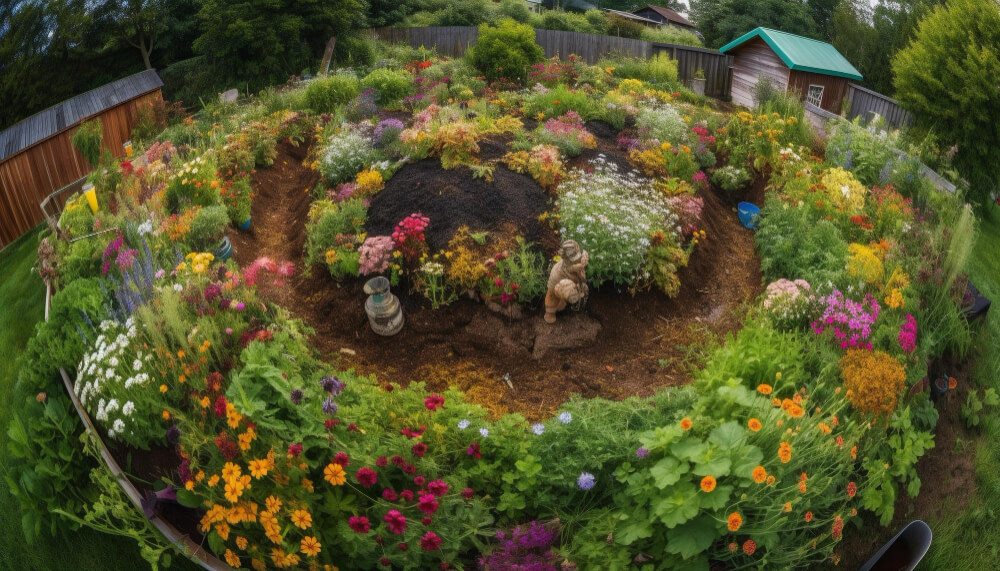[column width=”1/1″ last=”true” title=”” title_type=”single” animation=”none” implicit=”true”]
Why Native Plants Are Taking Over Gardens
Are you tired of battling pests, constantly watering your lawn, or spending hours tending to high-maintenance plants? The answer to your landscaping woes might lie right in your own backyard – literally. Native plants are quickly becoming the darlings of the landscaping world, and for good reason.
What are Native Plants?
Native plants are those that have naturally evolved in a particular region over thousands of years. They’ve adapted to the local climate, soil conditions, and wildlife, creating a harmonious ecosystem that thrives without excessive human intervention.

Why Native Plants Are So Amazing
- Low-Maintenance Beauty: Forget about constant watering, fertilizing, and fussing. Native plants are masters of survival in your local environment, requiring minimal upkeep once established.
- Eco-Friendly Gardening: Native plants support biodiversity by providing food and shelter for local pollinators, birds, and other wildlife. They also help conserve water, reduce pollution from fertilizers and pesticides, and prevent soil erosion.
- Unique and Resilient Landscapes: Native plants offer a diverse palette of colors, textures, and shapes, allowing you to create a unique landscape that reflects your region’s natural beauty. Plus, they’re naturally resistant to pests and diseases, making them a healthier choice for your garden.
- Climate Change Warriors: As we face a changing climate, native plants are essential for building resilient ecosystems. They’re better adapted to extreme weather events, help mitigate urban heat islands, and improve air quality.
How to Embrace Native Plants in Your Landscape
- Do Your Research: Start by learning which plants are native to your area. Consult local gardening resources, nurseries, or online databases to discover the best options for your landscape.
- Plan Your Design: Consider your garden’s size, sunlight exposure, soil type, and overall aesthetic goals. Choose a variety of native plants with different bloom times and growth habits to create a dynamic and interesting landscape.
- Prepare Your Soil: Native plants typically thrive in their natural soil conditions, so avoid using excessive fertilizers or amendments. Focus on improving soil health through composting and mulching.
- Choose the Right Plants: Select plants that match your site’s conditions and your personal preferences. Consider flowering perennials, shrubs, trees, grasses, and groundcovers to create a multi-layered and visually appealing landscape.
- Plant and Maintain: Follow proper planting techniques and provide regular watering during the establishment phase. Once established, most native plants require minimal care.

Benefits for Your Wallet and the Planet
By choosing native plants, you’ll not only save money on water, fertilizers, and pesticides, but you’ll also be contributing to a healthier environment. Native plants are a win-win solution for both homeowners and the planet.
Join the Native Plant Movement
The rise of native plants is more than just a gardening trend – it’s a movement towards a more sustainable and eco-friendly approach to landscaping. By embracing local flora, you’re not only creating a beautiful and thriving landscape, but you’re also helping to protect and restore our planet’s precious ecosystems. So, ditch the exotic imports and discover the natural wonders that are right at your doorstep!
Ready to Transform Your Yard with Native Plants?
Contact Hire The Pros, Inc. today for a free landscaping consultation. Let the experts at Hire The Pros, Inc. handle the heavy lifting! Our team of experienced landscape designers and horticulturists will create a custom native plant landscape that perfectly complements your home and lifestyle.
[/column]




